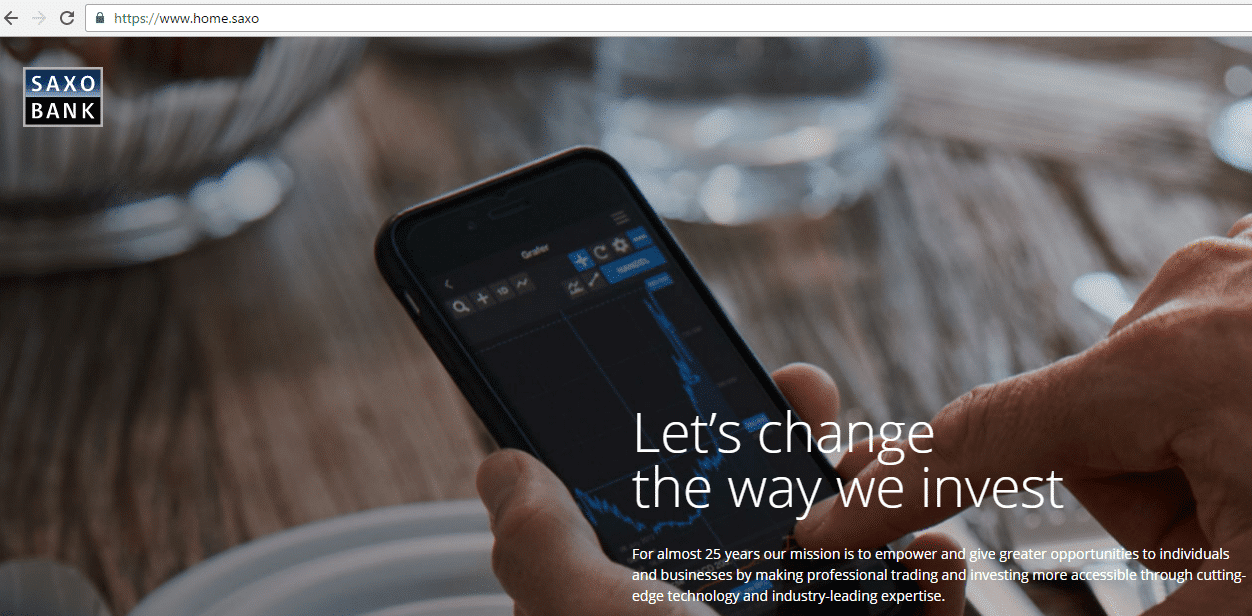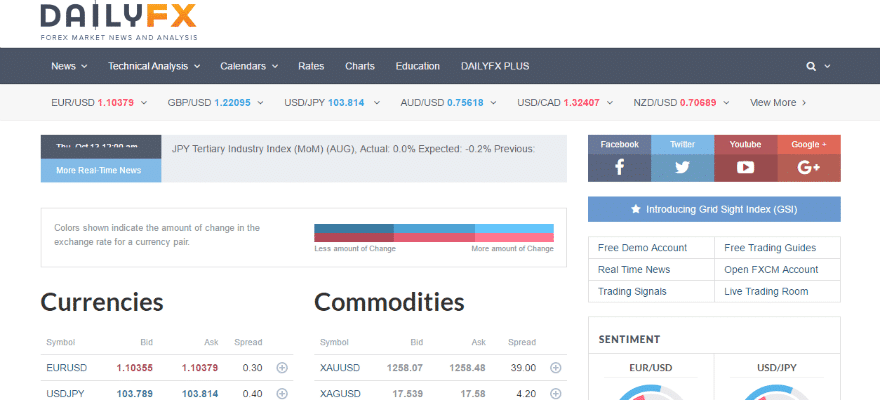The natural search results for keywords relevant to brokers are extremely competitive and many brokers are trying to rank high in the results through concerted SEO efforts. The two main areas through which they do that is Off-Site and On-Site SEO. Off-Site basically means the quantity and quality of links that point to the brokers’ site and On-Site means the content and technical setup of a brokers site.
As for Off-Site SEO, at the time of writing, four of the biggest brokers (Gain Capital, FXCM, Saxo Bank and OANDA) all have more than 3000 links from unique domains (Source: MajesticSEO). So, in order to catch up and rank for some of the biggest terms, smaller or starting brokers have their work cut out. So how to get links? Let’s look at some of the tactics of these brokers.
Broker Tactics
FXCM gets some of its most important links from DailyFX.com. DailyFX is FXCM’s publishing site, which attracts a large audience of Forex traders (and links from a huge amount of publishers). It shows that besides using the publishing site for advertising, brand building and PR purposes it is also a great SEO strategy. FXCM also own quite a few sites they link to their main site in addition to employing more traditional SEO tactics.
OANDA uses a different technique; they have a very well known and old currency converter on OANDA.com and they use a subdomain (fxtrade.oanda.com) for the broker business. The currency converter site, due to its age and popularity, has a large amount of links and because of this their whole domain including the brokerage business receives a large amount of authority and thus ranks well in the search results.
Gain Capital has a great domain with Forex.com. Having a domain with the exact keyword in it can be a great asset, SEO wise. It allows the company to get a large number of links with the keyword 'forex' in a natural way, without it looking unnatural (and receiving the resulting penalty from Google). Regardless of the fact that they don’t have a great link profile and could use some SEO work, they benefit from the domain name and from being a large and old brokerage, and got the rankings to show for it.
Saxo Banks’ link profile looks good because of three main reasons beyond their size and age. One, like FXCM, they operate a content site at TradingFloor.com. Two, they have a large number of links from their content sharing program; widgets with industry news, quotes, charts, currency converters etc. - each of them contains a backlink to the Saxo site with appropriate anchortext, i.e.: 'Forex Trading by SaxoBank', 'forex quotes by SaxoBank' etc. The third reason they do well is that they operate a number of sites around the world and all of them are properly interlinked.
In general, I would recommend a starting broker to look at doing content partnerships with publishers that are already ranking for keywords the broker wants to rank for. The broker would deliver good quality content and place it on the publisher site. It would contain a link or links to the brokers’ site and this will help not only PR and Brand but also the SEO side of things.
For those brokers that are more ambitious, I would add paid postings on high quality, non spammy industry related sites and blogs (obviously also with links), broker listings and viral tactics as viable ways of increasing linking domains. If there is a bit more budget, I would add the tactic that FXCM and Saxo follow and build an external publishing site with relevant content and link it back to the broker site.
As for on-site SEO, the most important factors to take into account are that the headlines, Meta Title and Description of each page are optimized for the keywords you are trying to rank for, the content of the page and for your target audience (most important), the content of your site (good quality, keyword relevant content), the internal links on your site to key pages and their anchor text, the Alt-text of images on your site and the technical setup and speed of your site.
SEO seems difficult but the good news is that there is plenty of easy to understand information available online to learn more about this subject. In addition, you could always hire expert help internally, externally through consultants or through an agency. The important thing to keep in mind is that with a concerted effort, the ROI of SEO work can be very high compared to other channels of advertising.






















